When you visit a soba restaurant, you may come across “soba gaki” on the menu. While you may know that it is a dish made with buckwheat flour, you might wonder what it tastes like. In this article, we will explain the taste of sobagaki and introduce recommended products for those who want to enjoy delicious soba gaki at home, so please take a look!
What is Soba Gaki?
Sobagaki is a type of soba dish that’s made by mixing hot water with buckwheat flour to form a dough, which is then shaped into dumplings. It’s commonly prepared using 100% buckwheat flour and is popular as a snack in areas known for producing soba. When eating sobagaki, it’s typical to dip it in a flavorful broth or a combination of soy sauce and wasabi, similar to how soba noodles are enjoyed. You have the freedom to personalize it by adding toppings such as green onions or condiments like wasabi to suit your preferences. Those who are familiar with sobagaki also appreciate it as a snack that pairs well with alcoholic beverages.
The exact origins of sobagaki are not clear, but it is believed to have been eaten during the Kamakura period when stone mills for grinding buckwheat arrived from China. In the past, sobagaki was the main form of soba dish until “sobakiri” was invented, which involved cutting the dumpling-shaped sobagaki into smaller pieces, leading to the popularity of the modern form of soba noodles.
History
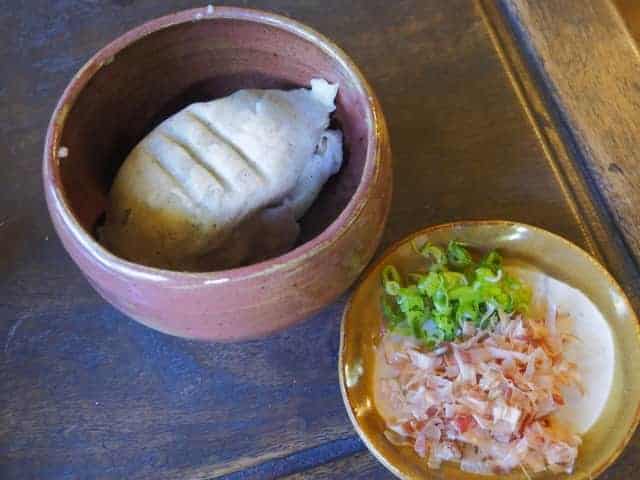
Soba has appeared in Japan since ancient times, as evidenced by traces of soba cuisine found in Jomon pottery, dating back to the 5th century. Sobagaki, a form of soba, is believed to have existed during the Kamakura period and spread with the popularity of stone mills. Until the mid-Edo period, people primarily consumed soba cuisine in the form of sobagaki. However, around the mid-Edo period, soba noodles, known as “sobakiri,” became popular among the common people and spread throughout Japan.
In the 17th century, the book “Hyakushō Denki,” by a samurai well-versed in rural affairs, mentions that there were rural areas where sobakiri was prohibited, stating that it was not meant for peasant consumption. In such regions, they used sobagaki and soba mochi instead. Moreover, the sobagaki consumed in rural areas at the time was often in a substantial form, such as mixing it with grains or root vegetables as a substitute for rice, or incorporating it into hotpot dishes. It was not commonly enjoyed as a typical appetizer or snack as it is today.
Differences between Sobagaki and Galette
Sobagaki and galette share many similarities. Galette is a traditional dish from the Brittany region of France, made by baking a dough made from buckwheat flour, salt, and water. On the other hand, sobagaki is made by kneading buckwheat flour and water into dumplings. Although they have different shapes, they can be considered similar dishes.
Furthermore, sobagaki and galette have similar origins. The buckwheat seeds used to make buckwheat flour thrive even in poor soil conditions and can be harvested in about three months. As a result, they are cultivated particularly in areas where wheat and rice farming may not be suitable. Buckwheat is a highly nutritious ingredient, containing not only carbohydrates but also essential amino acids, vitamins, minerals, and the polyphenol rutin. Due to its resilience and nutritional value, it is valued in various countries beyond Japan and France.
Types of Sobagaki
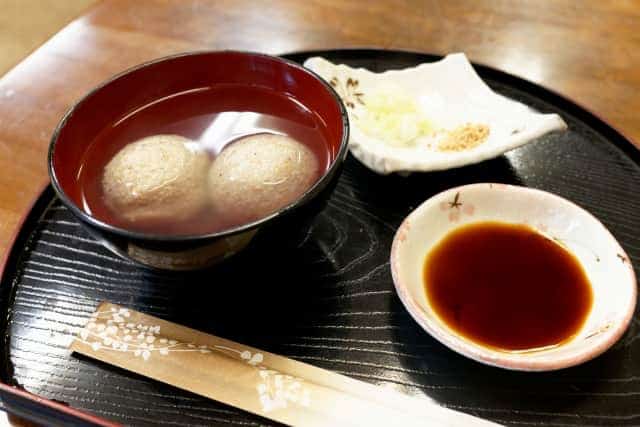
There are three types of sobagaki, depending on the method of preparation:
- Wan-gaki: Made by gradually adding hot water to buckwheat flour in a bowl and kneading it.
- Nabe-gaki: Made by quickly kneading buckwheat flour and water in a pot over heat.
- Microwave: Made by mixing buckwheat flour and water and heating it in the microwave.
Wanko-gaki is easy to make, while nabe-gaki results in a smoother texture. Using a microwave allows you to make sobagaki quickly without the need for fire or hot water.
Soba Gaki FAQ
- What makes sobagaki’s aroma stronger compared to regular soba noodles?
Sobagaki’s stronger aroma compared to regular soba noodles is due to its 100% buckwheat flour composition and the absence of a boiling process.
- What are some regional names for sobagaki in Japan?
Regional names for sobagaki include Kaimochi, Sobaneri, Kakke, Keemochi, Sobanekke, Kassoma, and Sobagyaa, among others, varying across regions like Aomori, Hokkaido, Chiba, and Kagoshima.
How to make Soba gaki?
Wan-gaki Recipe
Ingredients (for one serving)
| Buckwheat flour | 50g |
| Boiling water | 50cc |
Methods
Measure 50g of buckwheat flour and put it in a bowl.
Boil water in a pot.
Gradually pour the boiling water into the bowl with buckwheat flour.
Use a wooden spoon or chopsticks to stir and combine the mixture, making sure there are no lumps.
Once the mixture forms a cohesive mass, it is ready. Serve the sobagaki and garnish it with soy sauce, wasabi, dashi soy sauce, or your preferred seasoning.
Nabe-gaki Recipe
Ingredients (for one serving)
| Buckwheat flour | 50g |
| Water | 130cc |
Methods
In a small pot, combine 50g of buckwheat flour and 130cc of water.
Mix the ingredients thoroughly with a wooden spoon to avoid lumps.
Heat the pot over medium to high heat.
Mix the mixture with a surikogi (grinding stick), similar to kneading mochi, until it reaches the original color of sobagaki and a glossy surface.
Transfer the cooked sobagaki to a plate. Garnish it with dipping sauce and condiments according to your preference.
Recommended Restaurants
Araki Soba(あらきそば)
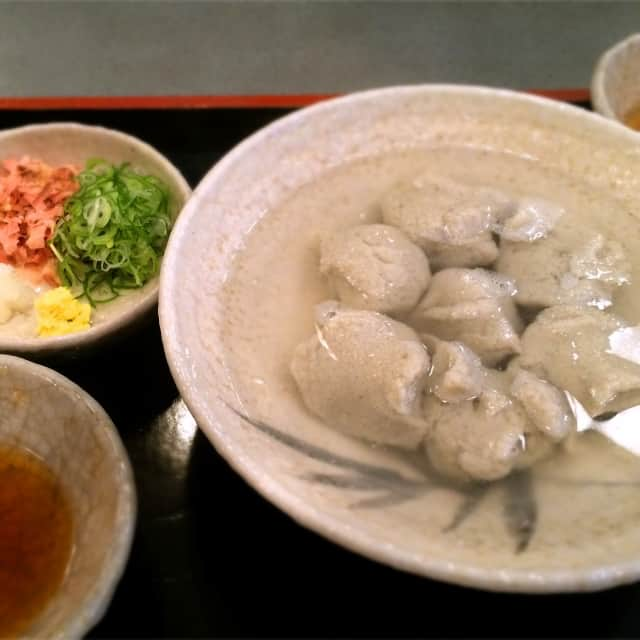
“Araki Soba,” is a historic and famous restaurant located along the Mogami River Sannan Shobamichi in Yamagata, Japan. This traditional Japanese house has a history of over 150 years and offers an authentic dining experience. Araki Soba is well-known for their hand-made soba, including the popular itasoba. Experience the cozy and rustic atmosphere as you savor their signature dishes like herring miso, hot daikon soup, and pickled cabbage, served on wooden boards. If you have a chance to visit Yamagata, why don’t you try experiencing this Araki Soba restaurant?!
Rimeian (利めい庵)
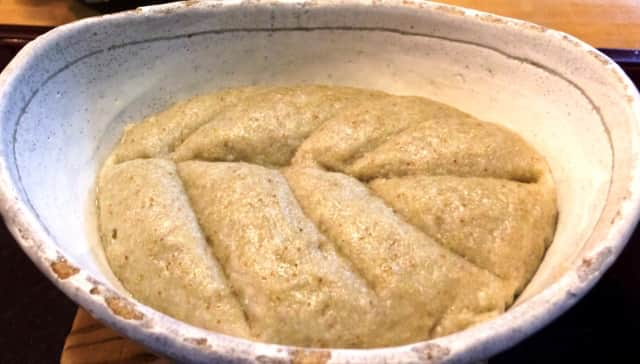
“Rimei-an,” is a charming restaurant situated in Minami-ku, Kitanozawa, Sapporo. This is definitely a go-to destination for soba lovers. With its cozy and traditional atmosphere, Rimei-an offers a delightful dining experience with their famous Kisu Tempura Soba, featuring crispy smelt fish tempura. Don’t forget to try their flavorful Tororo Meshi, made with grated yam rice, and the mouthwatering Soba Sashi, consisting of sliced raw soba noodles. If you travel to Hokkaido, get ready to savor the amazing flavors at Rimei-an!
Takeaway
To sum up, sobagaki is a traditional Japanese dish that features roasted buckwheat flour. It provides a warm and comforting experience, highlighting the rich flavors and textures of buckwheat. You can try making sobagaki at home using our recommended recipes or visit our suggested restaurants to savor this authentic and delicious dish. Whether you decide to create it in your own kitchen or explore it at a local eatery, sobagaki is a must-try for those seeking rustic Japanese cuisine. Don’t miss out on the chance to experience this amazing dish.
Click here if you are a soba lover, or see below for more delicious dishes!
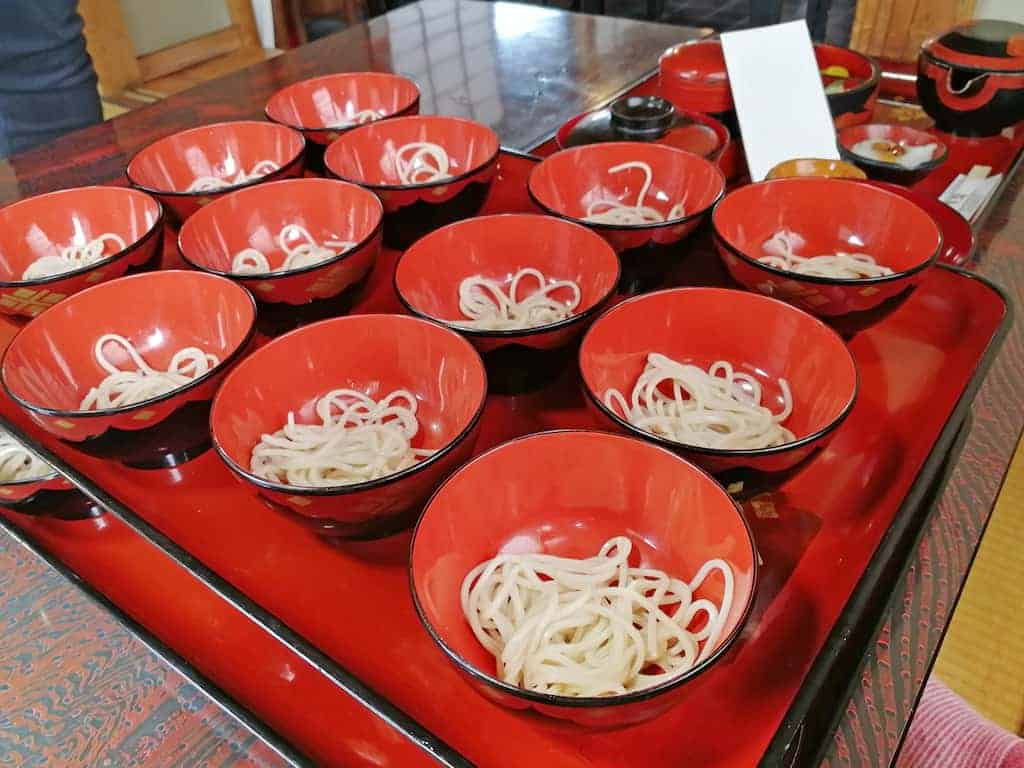
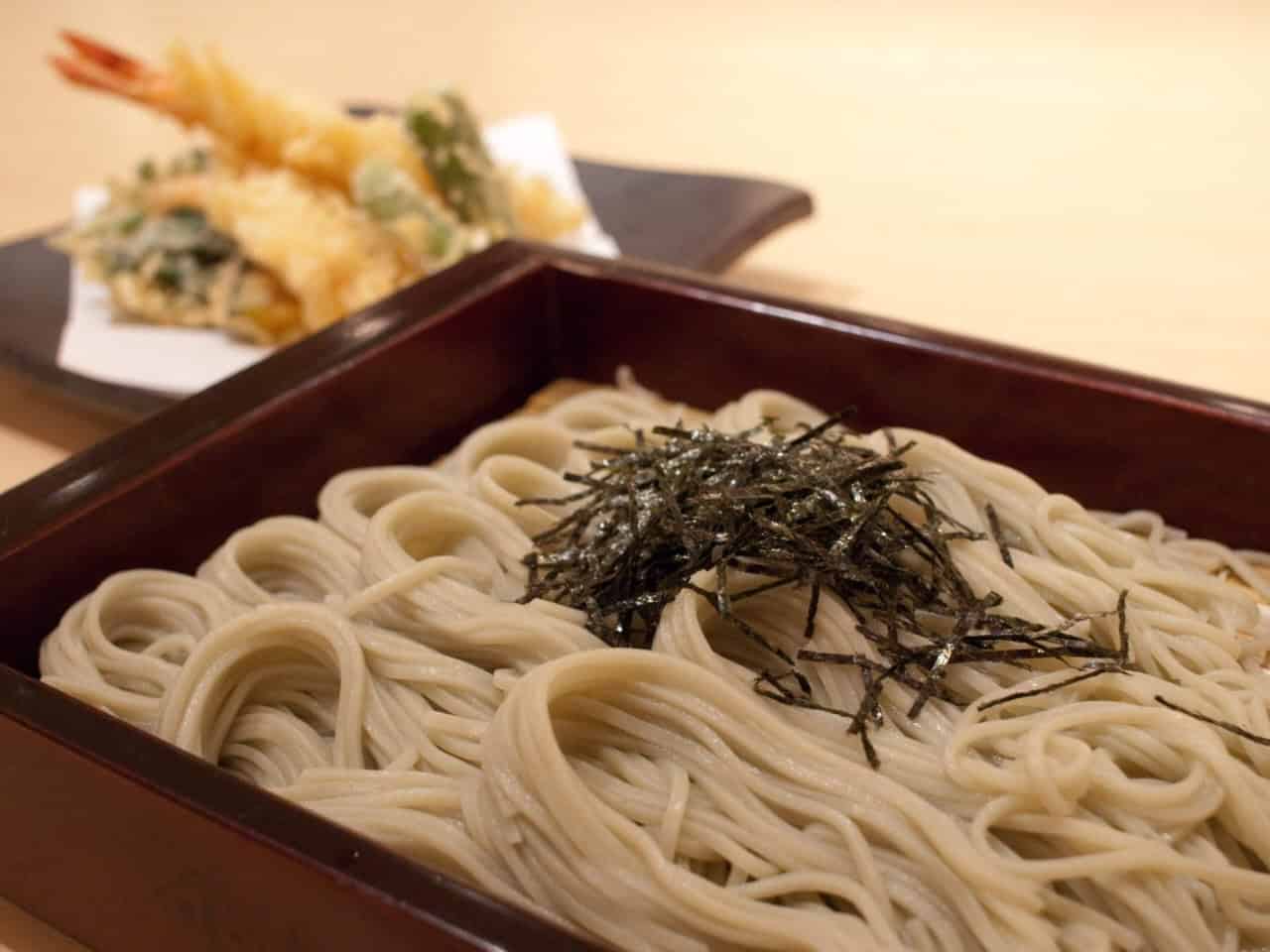
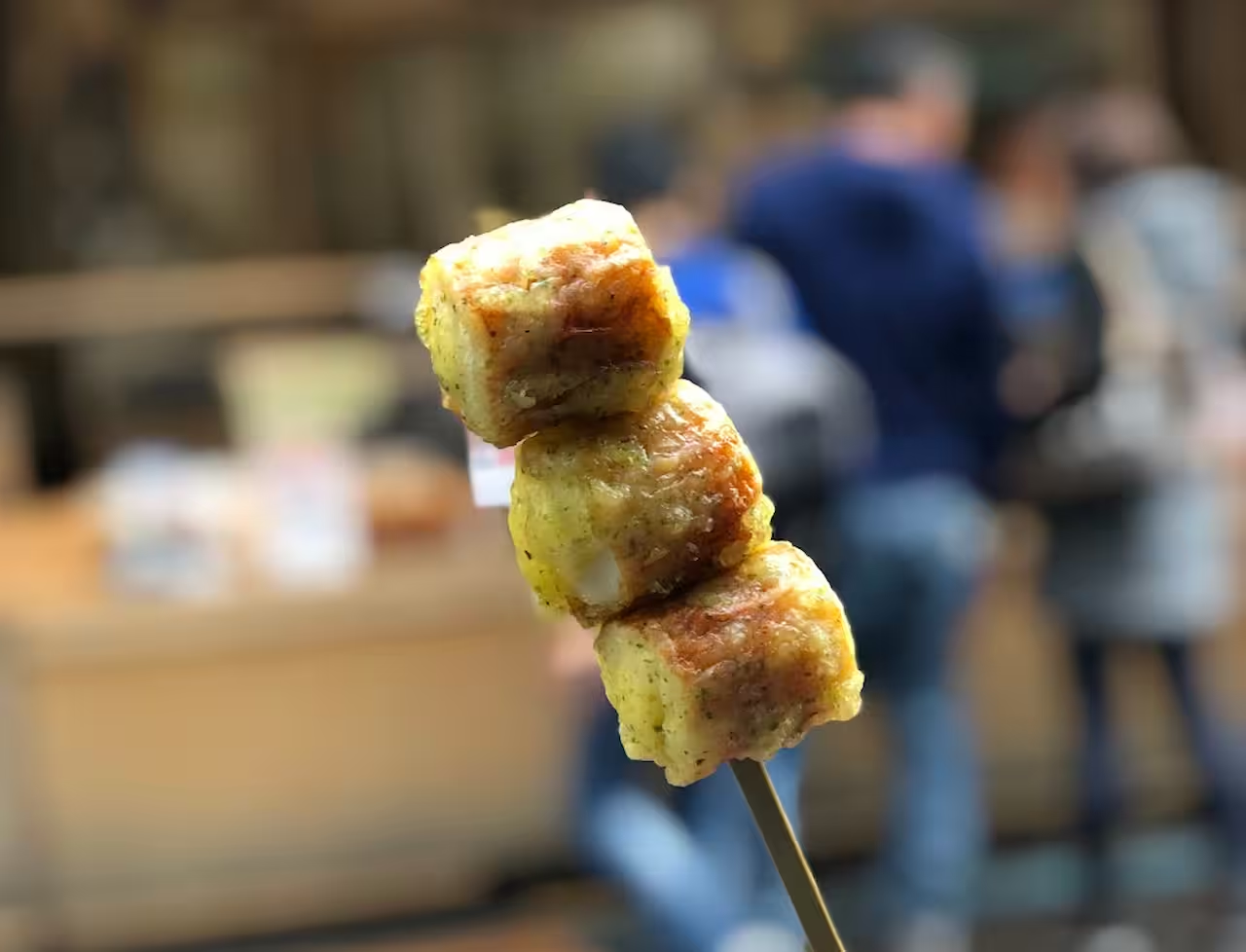
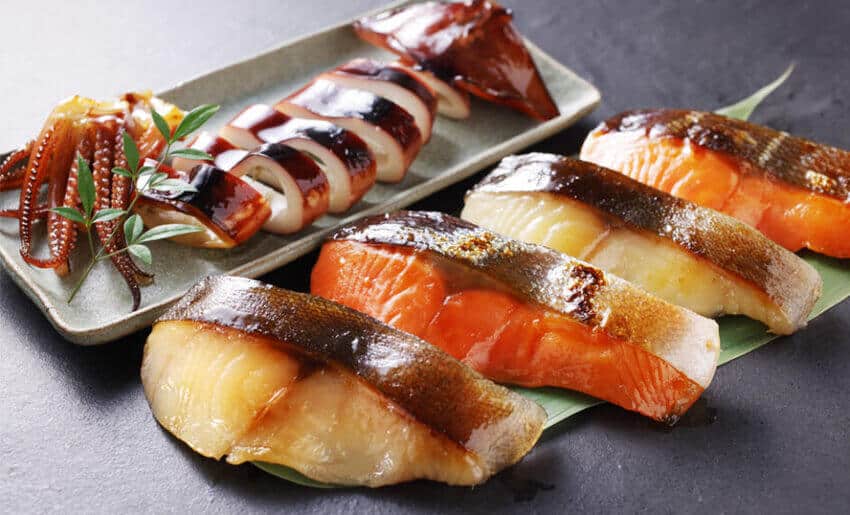

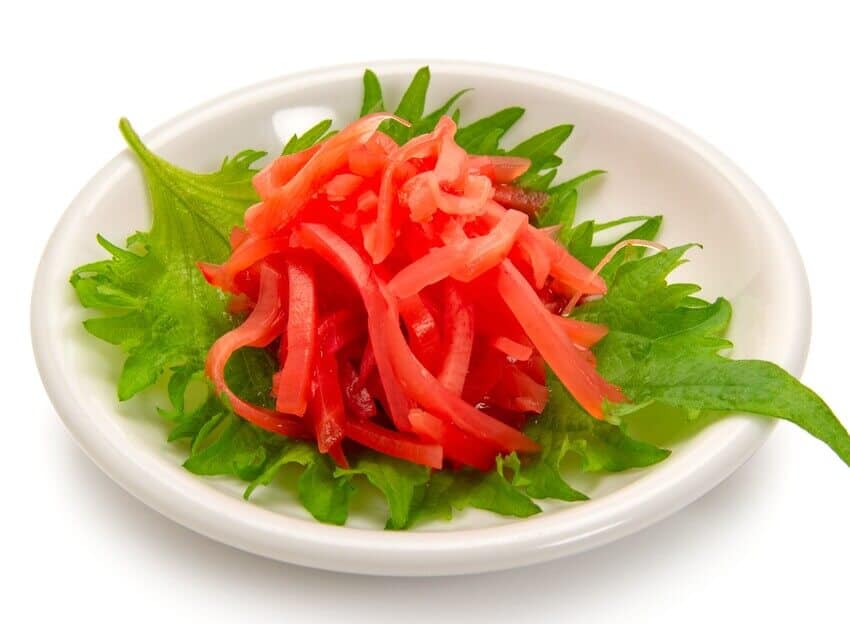
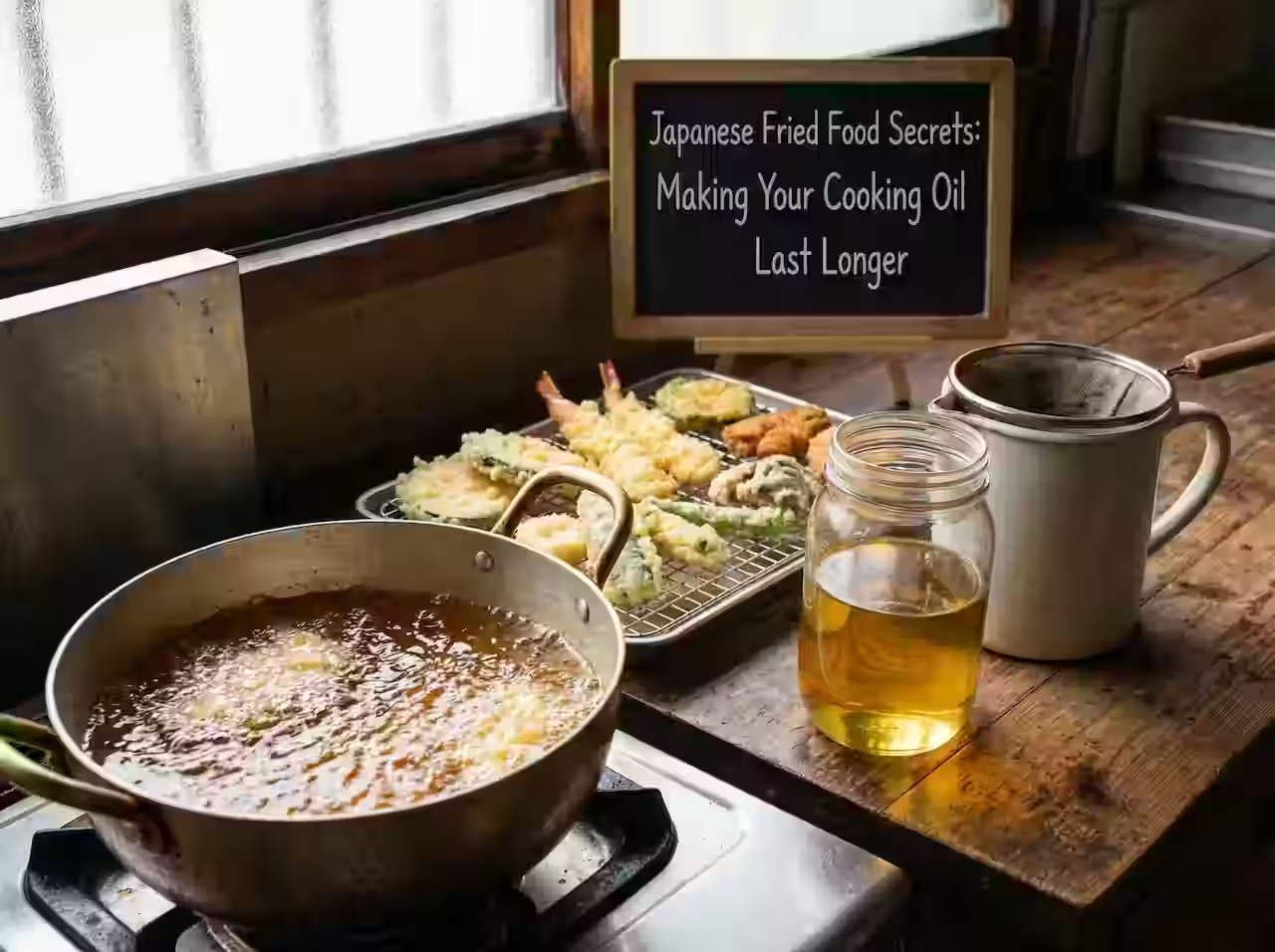

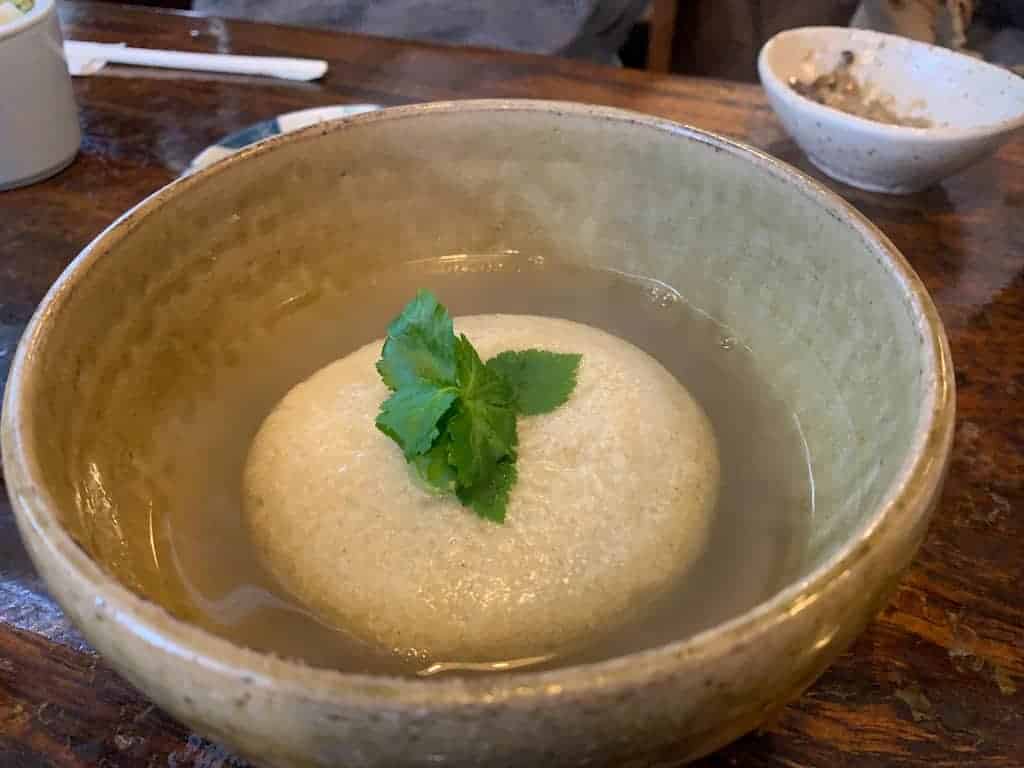
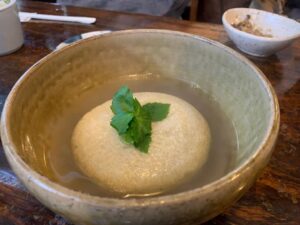
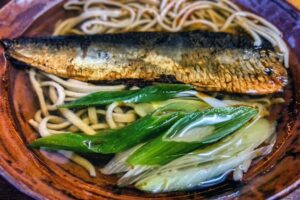
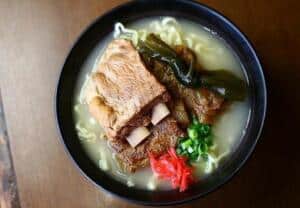

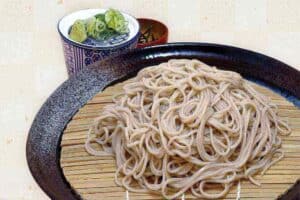
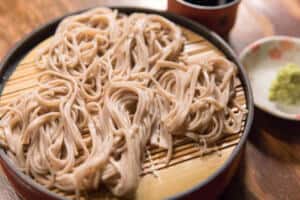
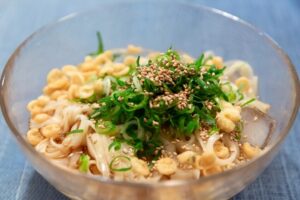
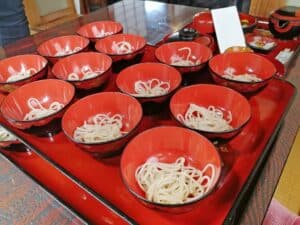
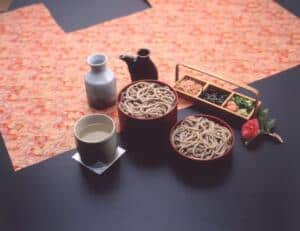
Comments